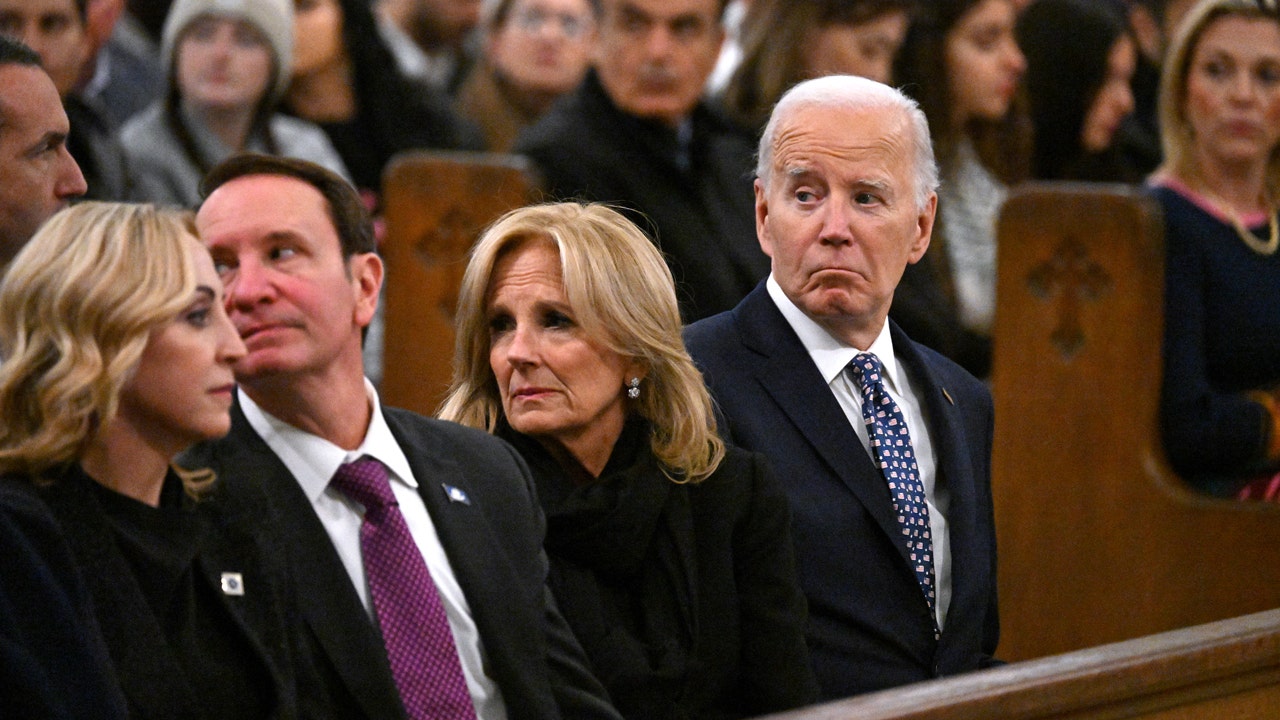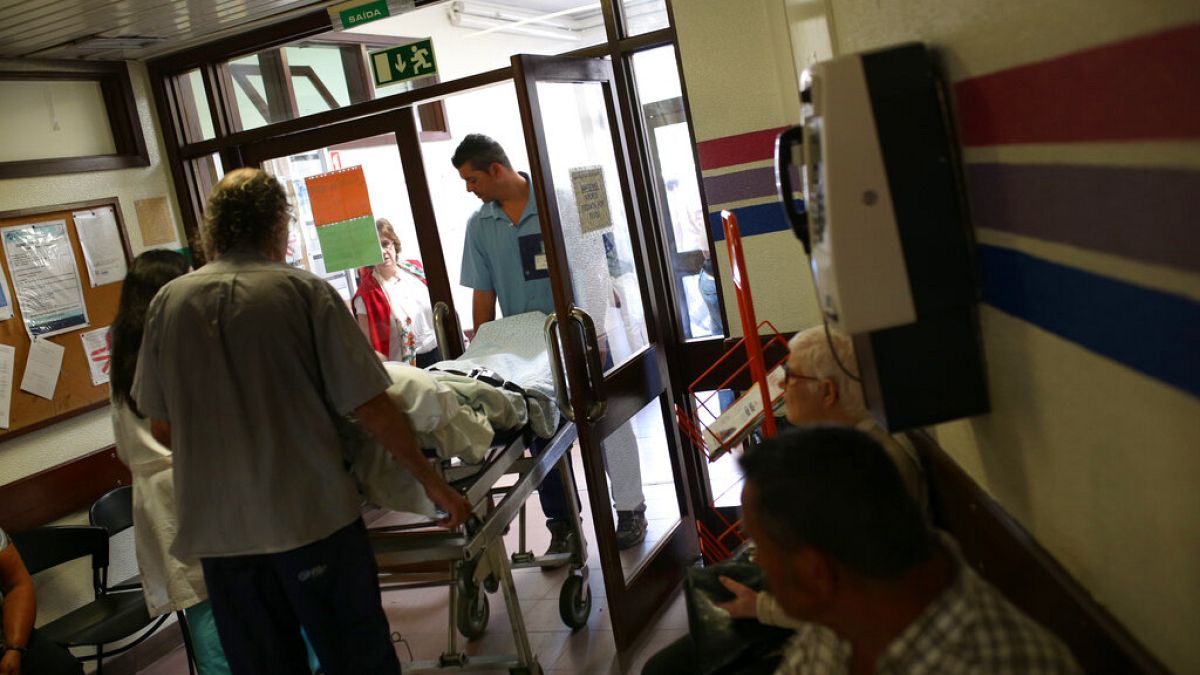San Diego, CA
Escondido reptile rescue facing higher costs, at risk of closure

One of the largest reptile rescues in the country hopes 2025 is better than 2024.
The EcoVivarium Reptile Sanctuary and Museum cares for 400 snakes, lizards, and turtles at its facility in Escondido. Most of their tenants were saved from bad owners or bad situations. However, the extreme rate of inflation in the last year has EcoVivarium’s owner worried.
“Everything is going through the roof right now,” sighed Susan Nowicke, who founded EcoVivarium 15 years ago.
“Like every other Californian, our insurance rates more than quadrupled,” she explained.
Nowicke said their utility bill doubled and they pay $10,000 a month in rent. None of those expenses include the cost of caring for the wide variety of animals.
“My staff work for minimum wage,” Nowicke added with tears in her eyes. “I’m not proud of that fact. I would like to pay all of them what they are worth. They are worth far more than that. And they deserve more than that for the work they do. They work hard.”
The money EcoVivarium makes from tours and grants likely won’t cut it in 2025. Making matters worse, the nonprofit doesn’t make any extra money from local governments or other rescues when they take on another reptile.
“They have their funding to run their operations,” Nowicke shrugged. “They expect us to have our funding to run our operations.”
Begrudgingly, Nowicke said they need $250,000 more every year to serve the community and the reptiles.
“I’m very concerned. I am very, very concerned for our future,” she said.
Nowicke said they are also at capacity. EcoVivarium can’t take on anymore rescues until they get more room and more funding.

San Diego, CA
Re-elected San Diego County supervisors sworn in — except one

Re-elected San Diego County supervisors were sworn in Monday morning — with the exception of Nora Vargas, who decided last month not to serve her second term.
Supervisors Terra Lawson-Remer and Joel Anderson both took the oath of office at a swearing-in ceremony at the County Administration Center after winning second terms in November.
“It’s an honor and a privilege to represent my district, and I love my job,” Anderson said. “I love fixing people’s problems. … and I’m so delighted to do it for another four years.”
Anderson said that while San Diego County residents may have different views, it is up to the board to create a “melting pot” to get work done together.
“It doesn’t matter whether you voted for me or not — you’re my constituent. We’re going to take care of you,” Anderson added.
“I can say with confidence that being a county supervisor is one of the most rewarding, challenging, sometimes very surprising and always fulfilling jobs that I’ve ever had — and it’s so worth it, because together, we’ve been creating the change you sent me here to accomplish,” Lawson-Remer said.
She went on to detail some of the county’s work in her first four years in office, from expanding access to affordable healthcare to creating solutions to reduce homelessness.
“None of this has been easy, and we fought every step of the way, but we’re here, and we’re not stopping,” Lawson-Remer added.
Meanwhile, Vargas, who also won re-election, concluded her tenure as the representative of District 1 at noon Monday after she unexpectedly announced last month that she would step down rather than serve her second term.
“My decision to not take the oath today for a second term was not easy, but it was necessary to prioritize my personal safety and security,” Vargas said in a statement Monday. “Thank you for trusting me to represent your needs, voices and interests. It’s been an honor to work tirelessly on your behalf.”
The remaining four supervisors will hold their first meeting of the year Tuesday to elect new officers, including a chair, vice-chair and chair pro tem.
The board is also holding a special meeting next week to decide next steps to fill the District 1 vacancy.
Its agenda for that meeting lays out the potential options for naming somebody to serve out Vargas’ four-year term, which runs to January 2029: Supervisors can appoint a replacement, call a special election or both.
An expedited schedule for appointment applications could enable the board to seat a new supervisor by early February. A special election would take place in April, with a possible runoff in July if no candidate earns a majority of votes.

In social media posts Monday, Supervisor Jim Desmond acknowledged that the board has been in this position recently — when Nathan Fletcher resigned from the board less than two years ago amid sexual misconduct allegations — and urged his colleagues to once again choose to hold a special election.
“The residents of District 1 deserve to select their next representative, for nearly a full four-year term, through a fair and transparent election process; not a political appointment decided behind closed doors,” Desmond said.
Lawson-Remer told The San Diego Union-Tribune Monday she and her fellow supervisors will decide together how to do what’s best for District 1 residents.
Her two concerns in the interim: “How do we make sure that residents of District 1 have a voice both immediately and in the ongoing four years — but also, how do we keep the work of the county moving forward until then?”
Other supervisors have not said which replacement process they prefer.
If the board chooses to call a special election, it could cost the county between $4 million to $6.6 million if both a primary and general election are needed.
However, the board could authorize either the primary or general elections, or both, be conducted by mail, which could reduce costs.
The county registrar of voters is expected to detail the estimated costs and proposed timelines at the special meeting next week.

Voting rights advocates and residents alike are urging the board to hold a special election, warning that appointing a replacement could compromise public representation and undermine credibility of the new supervisor.
Regardless of their decision, a number of potential candidates have expressed interest in Vargas’ seat.
Three Democrats — San Diego City Councilmember Vivian Moreno, Imperial Beach Mayor Paloma Aguirre and Chula Vista Councilmember Carolina Chavez — and one Republican, Chula Vista Mayor John McCann, have confirmed they are running.
All four were elected to their four-year posts in 2022, so should any be appointed or elected to fill the District 1 vacancy, their departures would, in turn, leave vacancies on their respective councils, leaving their colleagues to decide how to replace them.
But until a new supervisor is chosen, supervisors will continue to conduct county business with a partial board of two Democrats and two Republicans.
With a population of more than 630,000 residents, District 1 includes Chula Vista, Imperial Beach, National City, several south San Diego neighborhoods and five unincorporated communities, such as Bonita and Lincoln Acres.
Originally Published:
San Diego, CA
San Diego FC acquire Emmanuel Boateng from New England Revolution | MLSSoccer.com

In return for the 30-year-old Ghana native, New England will receive $200,000 in 2025 General Allocation Money (GAM).
Boateng is a Right To Dream Academy graduate, playing in the Ghana-based academy program before coming to the United States for college soccer. Right to Dream is central to San Diego’s identity and club philosophy.
“Ema is a seasoned veteran in Major League Soccer who has been a part of very successful teams,” SDFC sporting director Tyler Heaps said. “His history and connection at Right to Dream is a huge benefit to us as we look to build this club from scratch.
“He provides flexibility across the front four and can impact the game in a number of different ways. We’re excited to welcome him to San Diego.”
An MLS veteran, Boateng has produced 17g/26a in 210 regular-season matches since entering the league in 2016. He’s made stops at LA Galaxy, D.C. United, Columbus Crew and the Revs.
Last season, Boateng contributed 2g/2a in 23 games for New England.
“We are glad to facilitate this move for Ema, allowing him the opportunity to return and work more closely with the Right to Dream Academy that helped launch his career,” Revs sporting director Curt Onalfo said.
“We are grateful to Ema for his years of service in New England, where he was a true professional and valued teammate. We wish him all the best in this next chapter in San Diego.”
San Diego, CA
3 thoughts: SDSU 76, Boise State 68 … On Taj DeGourville, charter chatter and ExtraQuiet Arena

BOISE, Idaho – Three thoughts on San Diego State’s 76-68 win at Boise State on Saturday afternoon:
1. The other freshman
With 7:05 left, SDSU starting guard BJ Davis was whistled for his fourth foul and went to the bench. Coach Brian Dutcher looked down it, past the injured Reese Waters, past senior Wayne McKinney III, and motioned for Taj DeGourville, a true freshman.
He never subbed out.
That DeGourville played the final seven minutes of a game with such huge implications tells you a lot about Dutcher, who has never shied away from shaking up the rotation in crunch time and riding the hot hand. It also tells you a lot about the progress of DeGourville, who is emerging from the shadow of redshirt freshman Magoon Gwath and Mountain West preseason freshman of the year Pharaoh Compton.
“Taj just knows how to play,” Dutcher said of the 6-foot-5 guard from Las Vegas. “And he’s just getting better. He’s a freshman, the first time at this level. He’s getting more comfortable. His defense is getting better. He’s an elite-level passer. He knows where everybody is on the floor. It seemed earlier in the year he wouldn’t attack to the rim. He settled for the 3 or got in the paint and passed the ball. Now he’s attacking the rim, and it makes him really dangerous.
“As much as you think you know your team, it’s always a moving target. Guys are getting better, guys are sliding back a half-step. You always have to keep your eyes open to see who’s actually playing well when they’re in the game.”
In 21 minutes, DeGourville finished with 13 points and six rebounds, both career bests against Division I competition. Most of that came in the final 7:05.
He grabbed a defensive rebound. Then he had a steal. Then scored on the break. Then drove, scored, was fouled and completed the three-point play. Then another defensive rebound. Then a put-back off an offensive board. Then another defensive rebound.
“I felt I was playing well, but I knew I had to turn it up to stay out there,” DeGourville said. “So I turned it up. It’s all about getting comfortable. I wasn’t as comfortable as I am now, 12 games in. Having more games and more confidence allows me to show all my game.”
2. Charter members
For the second straight time, SDSU didn’t get to its hotel until the day of an away game.
This wasn’t as fretful as the Dec. 21 game in San Jose against Cal, with two flight cancellations, an overnight in Orange County, most players and coaches flying in the afternoon of the game, the rest of the travel party busing 8½ hours and walking into the SAP Center six minutes before tipoff. The Aztecs’ commercial flight to Boise on Friday night was delayed two hours and landed at midnight.
SDSU won both games despite not having a morning shootaround to acclimate to the arena’s rims, lighting and sightlines. And both wins were accompanied by big jumps in the metrics, from 42 to 34 in Kenpom and 48 to 35 in the NET after Saturday.
They also were playing with fire. If their Friday flight on Alaska Airlines had been canceled, as it had the night before with fog blanketing San Diego, finding 20-plus open seats on a commercial carrier to reach Boise for a 2 p.m. MST tip would have been challenging, if not impossible.
Charter flights can be delayed as well, but there is more flexibility. In the case of coastal fog, for instance, the plane can retrieve you from a non-commercial inland airport. You also can fly home immediately after a game, instead of, as the Aztecs endured Saturday, middle seats on a pair of Southwest flights via Phoenix that arrived at 10 p.m.
That beat last year’s commercial return from Boise, which involved a lengthy weather delay changing planes in Portland and, in Dutcher’s words, “took us two days to get home, it seemed.”
Boise State charters everywhere. While the Aztecs were sitting in the airport waiting for their Alaska Airlines crew to arrive on another flight, USD was chartering to Saturday’s game at Oregon State.
“That’s tough. That is tough,” Boise State coach Leon Rice said of SDSU’s midnight arrival followed by a two-leg trip home. “You might not see the effects initially, but it can be cumulative. The moment the game gets over, you’re getting ready for the next game, getting your bodies right, getting your minds right, getting the scouting done. There’s a lot to do, and if you’re spending your whole time traveling, it has an effect, no doubt.”
To that end, the worst might be behind the Aztecs.
The program is typically allotted four charter legs per season, and they have yet to use any. And boosters have chipped in for two more legs, allowing for five of their remaining eight Mountain West road trips to involve charters at least one way.
The Aztecs will charter home from New Mexico, Air Force, Nevada and Utah State. They’ll also charter to and from Wyoming, which otherwise requires a commercial flight to Denver followed by a 2½-hour bus ride over a snowy mountain pass prone to high winds.
They’ll fly commercial home after the March 4 game at UNLV, with four days before hosting Nevada. Same for the Feb. 11 game at San Jose State, with four days before hosting Boise State.
“Chartering is obviously nicer when you’re able to do it,” Dutcher said. “When we can, we’re eternally grateful.”
3. ExtraQuiet Arena
Dutcher and his players uniformly praised the Viejas Arena crowd despite their 67-66 home loss against Utah State on Dec. 28. The students were still on break. It was nonetheless sold out and loud — like, really loud.
Not so at ExtraMile Arena on Saturday afternoon.
The one time the decibels cranked up was when the Broncos momentarily tied it at 58-58 with 6:43 left, but Dutcher called timeout and the Aztecs went on a 7-0 run that put fans back in their seats.
The lethargy did not go unnoticed.
“Was dead for a game of this magnitude,” B.J. Rains, publisher of Bronco Nation News, tweeted. “Really odd. Place should have been electric. Instead felt similar to the Air Force game two weeks ago. And that’s mostly on the fans, but I think more could be done to get the energy rising closer to tipoff.”
To be fair, it’s a maturation process. Viejas Arena wasn’t always so rowdy, especially outside the 2,500-seat student section. But an aging season-ticket holder base, to its credit, has learned over the years when to generate noise and energy, and the staff operating the music and video boards inside Viejas knows exactly how to push those buttons.
“Had ‘fans/donors’ in front of my seats yell at my wife for my kids getting loud in the past,” Boise State athletic director Jeramiah Dickey tweeted after the game Saturday. “Basketball is not tennis. We will find a solution. The best basketball atmospheres in the country are the loudest.
“Days of sitting and golf clapping are over.”
Originally Published:
-

 Health1 week ago
Health1 week agoNew Year life lessons from country star: 'Never forget where you came from'
-
/cdn.vox-cdn.com/uploads/chorus_asset/file/24982514/Quest_3_dock.jpg)
/cdn.vox-cdn.com/uploads/chorus_asset/file/24982514/Quest_3_dock.jpg) Technology1 week ago
Technology1 week agoMeta’s ‘software update issue’ has been breaking Quest headsets for weeks
-

 Business6 days ago
Business6 days agoThese are the top 7 issues facing the struggling restaurant industry in 2025
-

 Culture6 days ago
Culture6 days agoThe 25 worst losses in college football history, including Baylor’s 2024 entry at Colorado
-

 Sports6 days ago
Sports6 days agoThe top out-of-contract players available as free transfers: Kimmich, De Bruyne, Van Dijk…
-

 Politics4 days ago
Politics4 days agoNew Orleans attacker had 'remote detonator' for explosives in French Quarter, Biden says
-

 Politics4 days ago
Politics4 days agoCarter's judicial picks reshaped the federal bench across the country
-

 Politics2 days ago
Politics2 days agoWho Are the Recipients of the Presidential Medal of Freedom?
















